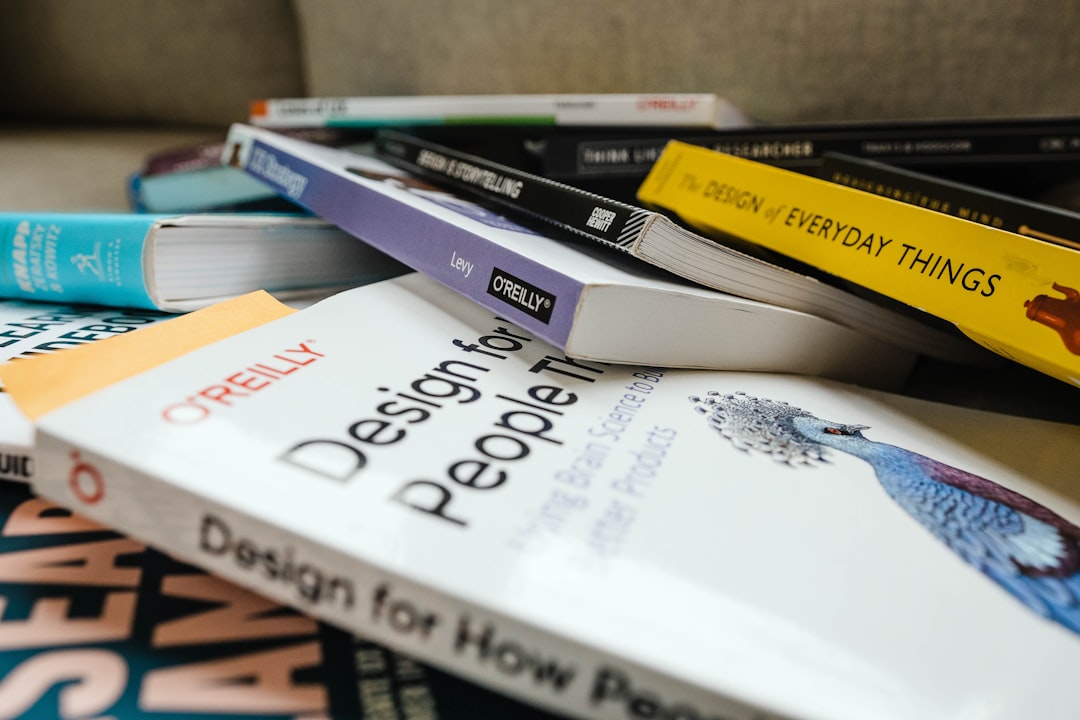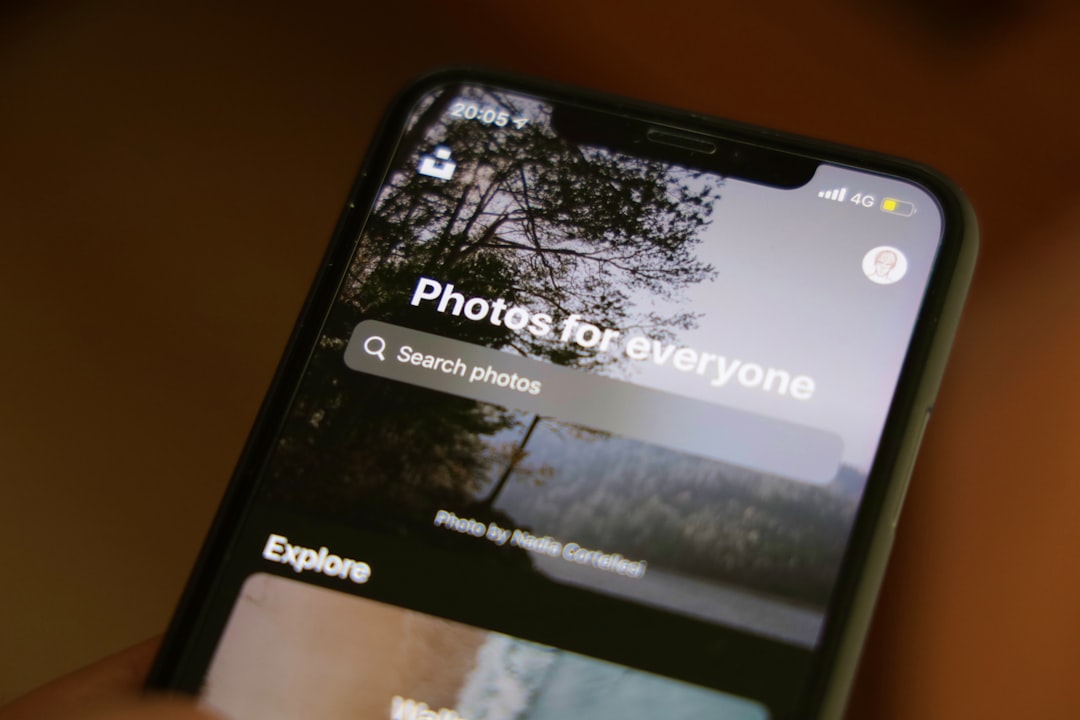Instagram Stories have become an indispensable tool for brands, creatives, and influencers striving to connect with their audiences in a visually engaging and time-sensitive manner. With more than 500 million daily users engaging with Stories, having aesthetically optimized and professionally designed content can make the difference between being noticed or being skipped. The challenge many face is identifying the best tools to consistently produce captivating Stories. Below is a structured approach to discovering and selecting the most effective Instagram Stories design tools for your needs.
1. Define Your Goals and Style
Before diving into the available tools, it is crucial to determine your objective. Are you designing Stories for brand promotion, product launches, informative content, or personal blogs? Each use case might require different functionality.
Additionally, your brand’s visual identity or personal style dictates what kind of tool you should look for. Some creators prefer a minimalist aesthetic while others aim for bright, animated templates. Your defined parameters help narrow down your focus during the selection process.
2. Research the Top Performing Tools
Conduct thorough research to identify platforms and apps that are most favored by professionals and widely reviewed by design experts. Here are some of the most reliable sources of information:
- App store ratings and reviews: Check the iOS App Store or Google Play Store for feedback from real users.
- Professional blogs and design websites: Websites like Creative Bloq, Canva’s blog, or HubSpot regularly publish curated lists and comparisons.
- YouTube video tutorials: Watching demo videos reveals not only the tool’s interface but also its functionality in real-time use.
- Social media communities: Platforms like Reddit, Facebook groups, or Instagram forums offer peer-recommended tools by niche users.

3. Evaluate Key Features
When exploring tools, focus on functionalities that enhance workflow and allow creative flexibility. Consider the following features:
- Template Variety: A broad and frequently updated library of templates aligned with current design trends.
- Brand Kit Integration: The ability to upload custom fonts, logos, brand colors, and other assets.
- Animation Features: Dynamic text, animated elements, or transitions to make content more engaging.
- Export Quality: Optimized visual quality to ensure crisp results on mobile screens.
- User Interface: An intuitive layout that reduces learning curves and boosts productivity.
4. Test Before You Commit
Most reputable design tools offer free versions or trial periods that let you test the software before subscribing. Use this time strategically by trying to craft a full series of Instagram Stories for your page or campaign. Assess how efficient the app is—not just its final output but how quickly and easily you can create designs.
For example, tools like Canva and Adobe Express allow real-time testing of templates, animations, and export processes. Smaller platforms like Mojo or StoryArt also come equipped with timeline-based editing and pre-layered design elements specifically tailored for Stories.
5. Analyze Cost vs Value
While free tools are sufficient for occasional use, professionals and marketers may benefit from investing in premium versions. Consider the following before making a financial commitment:
- Monthly vs Annual Pricing: Some tools offer better long-term deals with annual billing.
- Features Locked in Paywall: Confirm that the premium features justify the price tag.
- Cross-Platform Access: Does your subscription include both desktop and mobile versions?
Always calculate the return on investment based on increased engagement, professional appeal, and time saved.

6. Stay Updated with Trends
The digital aesthetic evolves rapidly, and Instagram is no exception. A tool that served well a year ago may now offer dated elements or miss out on trending animations. Follow industry influencers, attend digital design webinars, and subscribe to newsletters that focus on social media marketing trends.
By staying informed, you ensure that the tools you select continue to meet quality standards and remain relevant in the dynamic social media landscape.
Conclusion
Finding the best tools for Instagram Stories design is not just about picking the most popular app; it’s about aligning your artistic objectives with your audience’s expectations and leveraging technology that enhances your workflow. By systematically assessing goals, researching thoroughly, testing tools, and staying updated, you set yourself up for storytelling success that resonates and engages. Remember, consistency in style and quality is the hallmark of impressive Instagram Stories that leave a lasting impact.



